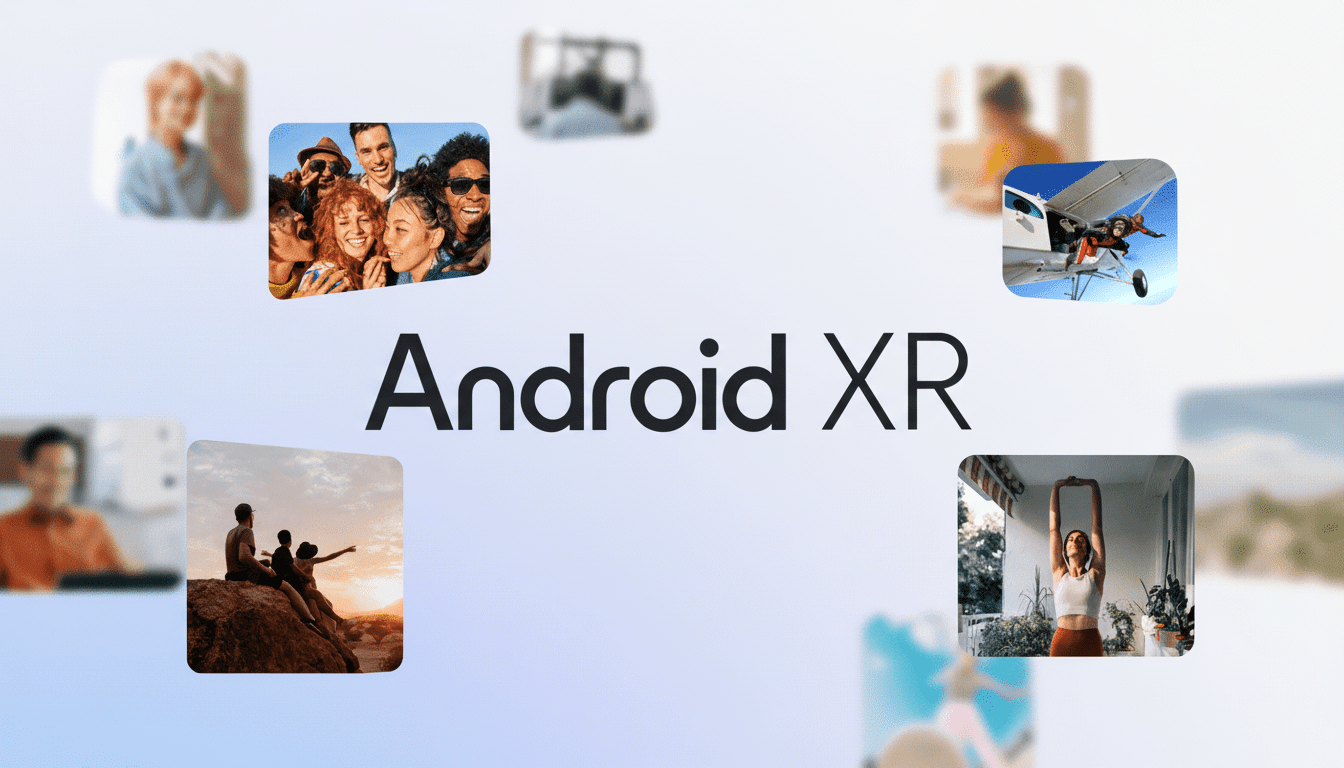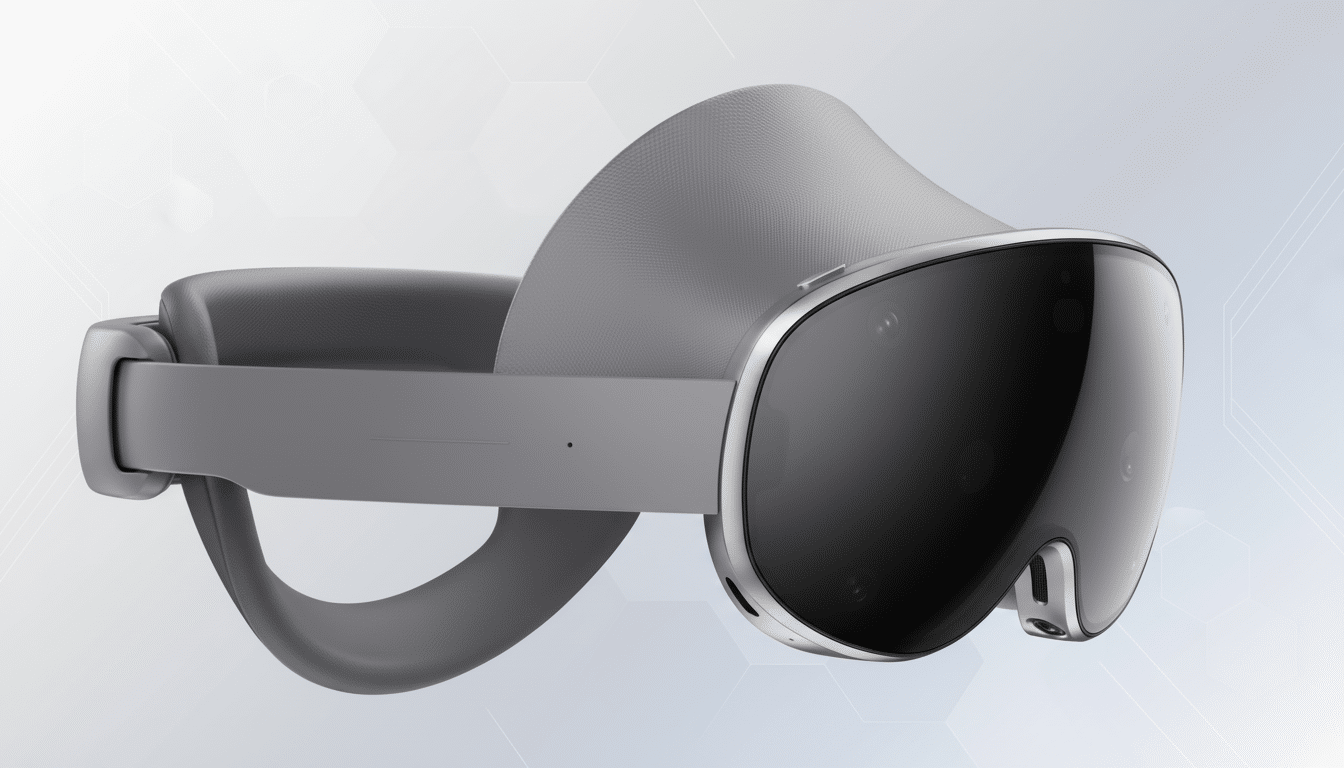Samsung will formally introduce its hotly rumored mixed reality headset, known internally as Moohan and expected to be commercialized as Galaxy XR. The global launch, which is due to kick off a Galaxy showcase themed “Worlds Wide Open,” represents the firm’s ambitions to take on Apple in the high-end Vision Pro product lineup with its AI-first strategy and open software foundation.
Samsung will also unveil Android XR, a new platform that the company worked with Google and Qualcomm to develop. Android XR is billed in company materials as open, scalable and tuned for multimodal AI from the beginning—making it the connective tissue for immersive apps and services that extend across phones, tablets, watches and wearables within the larger Galaxy ecosystem.

What Samsung Is Promising With Android XR
By creating Android XR with Google, Samsung can align itself with the core Android services and tools developers are already using, which may hasten app availability. You can expect tight integration with staples like YouTube, Photos and productivity suites, as well as faster routes for developers to convert their current Android apps for a spatial interface. Qualcomm’s involvement may also mean deep hooks for on-device AI and advanced spatial processing, supported by the company’s XR chipsets.
There will be a central focus on multimodal AI, which will pull together voice and gaze recognition with hand gestures and an understanding of the environment.
The promise of context-aware assistance is a nearly seamless blending of digital and real-world experiences with AR as a hands-free productivity tool, whether you’re at work or play. Done right, this would give Samsung a cross-device edge equal to Apple’s ongoing spatial computing ecosystem flow.
Hardware Goals and Key Design Considerations
Complete specifications from Samsung are still under wraps, but chatter in the industry suggests a lighter design and higher-resolution displays than Apple’s first-generation headset. Perhaps comfort is a common thread among these with an eye for weight distribution and long sessions. Look for high-quality passthrough for mixed reality, improved hand tracking, and eye tracking (which will support foveated rendering and provide more intuitive navigation).

On compute, the Qualcomm silicon is a punt. Case in point: the company’s Snapdragon XR2+ Gen 2 platform boasts support for up to 4.3K per eye at high refresh rates and rich system-level AI—just the sort of capabilities required to minimize latency and provide a clear passthrough view. Although Samsung hasn’t confirmed the exact chip to be used, the partnership indicates bleeding-edge mobile performance optimized for spatial workloads.
Ecosystem Strategy and the Competitive Landscape
Samsung is coming to a market that’s been redefined by Apple and its $3,499 Vision Pro at the high-end and Meta with its consumer-friendly Quest line of devices. Meta has oriented itself toward price and gaming, while Apple is planting its flag in high-end productivity and media with doubtless fastidious hardware. Samsung’s move lands somewhere in between: high-end hardware, but backed by an open Android stack that could appeal to both consumers and developers looking for reach beyond a single walled garden.
Analyst companies have commented on fresh momentum in XR after recent flagship launches, reflecting expectations of sustained double-digit shipment growth for the next few years. Meta is still the volume leader, but Apple’s arrival has raised public awareness of spatial computing. And if Samsung can rally the Android developers and bring its Galaxy install base to bear, it could in short order become a viable third pillar of the category.
What to Watch at the Galaxy XR Reveal Event
All eyes will be on the price, the comfort and how it uses batteries. Will Galaxy XR jump on the external battery pack bandwagon à la Apple, or will it go with the fully integrated solution that was so beloved for years? Passthrough quality and latency will be examined, as well as panel sharpness and brightness. That goes for software breadth as well: native spatial apps, media partners and developer tooling will decide if this can be a polished launch or a long beta.
Samsung has already opened up reservations and is offering a Samsung Credit incentive toward other eligible products—an indication they have confidence in demand. And with Android XR in the mix, the unveiling is about more than one headset: it’s an attempt to define how spatial experiences slot into the common devices people already own. If Samsung nails comfort, clarity and a rich app volley then Galaxy XR may, potentially, pose the most serious threat to Vision Pro’s early lead in premium mixed reality yet.

